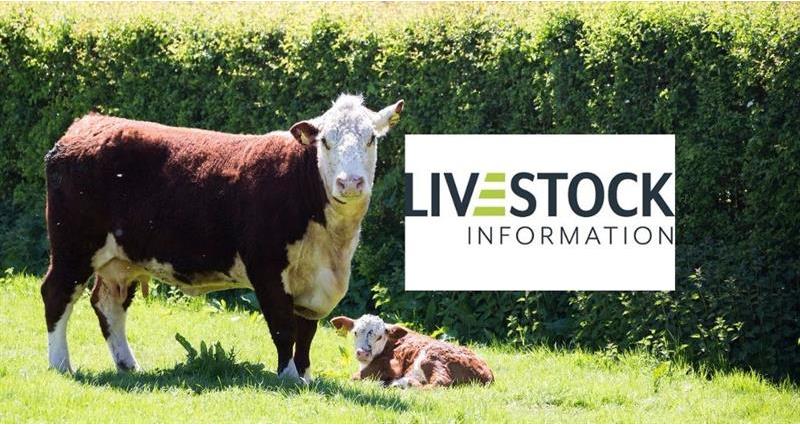In 2018, is was agreed that AHDB would lead the approach to create a new multi species traceability system. The LIS aims to offer quicker and more convenient recording of animal movements as well as supporting innovative solutions that improve trade, productivity, animal health and welfare.
Who can use the LIS?
The first stage of the service was launched in March 2022, meaning that sheep, goat and deer movement reporting in England can now be carried out online using the LIS.
Why use the LIS?
LIS online reporting is a fast and easy way to:
- create movement documents
- report moves on to your farm
- keep reliable and accurate movement records
- access an online holding register
- trace animals and manage disease outbreaks
- report movements from anytime and any place
How do you make an account?
You can create your account on the LIS website: Livestock Information.org
Keepers will need a current CPH (Country Parish Holding) and associated, registered email address to get started. If you no longer have access to that email account, contact the LIS support team at: support@livestockinformation.org.uk.
For a step-by-step guide on how to create your account, visit: Livestock Information Service | How to create an account.
How easy is it to use?
Beef and sheep farmer, and administrator Katie James has been using LIS online to report sheep movements of around 80 sheep a month, on or off the farm. Katie described using the service as “user friendly” compared to its predecessor, stating that she now using the service “three times a week, every week – it’s a lot quicker than paper forms!”.
Husband and wife team Magnus and Helen Hird have been using the LIS since its testing stage to keep track of their smallholding. Magnus acknowledged that using the new service was a matter of “getting used to where the different bits are, as it is laid out differently to ARAMS” but said that in comparison the LIS “feels easier to use”.
“Being able to now upload a file of all animals on your farm so that LIS holds a full list, visible together, is a huge advantage over ARAMS," said Magnus.
What is the purpose of the LIS?
In October 2019, the LIP (Livestock Information Limited company) was created. It produced a briefing outlining how the current practical work streams are progressing - the key points are:
- The Livestock Information Programme (LIP) objective remains to deliver a single, multispecies livestock movement service that meets the needs of both industry and government by replacing outdated existing services.
- Livestock Information Service (LIS) will drive improvements including paperless processes and more timely reporting, and will put data sharing at the heart in order to enable improvements in animal health and welfare, productivity and competitiveness.
- The LIS will completely replace the three legacy services that trace cattle, pigs, and sheep, goats and deer and will aim to do so by the end of 2022.
- The programme remains on target to have the production-ready service by autumn 2020 and to have all English livestock using the new service during 2022.
- Plan to run a pilot for end-to-end digital reporting, removing paper that is currently required for sheep in transit.
- Providing a digital service which allows the use of Bovine EID tags will improve traceability, accuracy and farmer safety when reading official tags.
